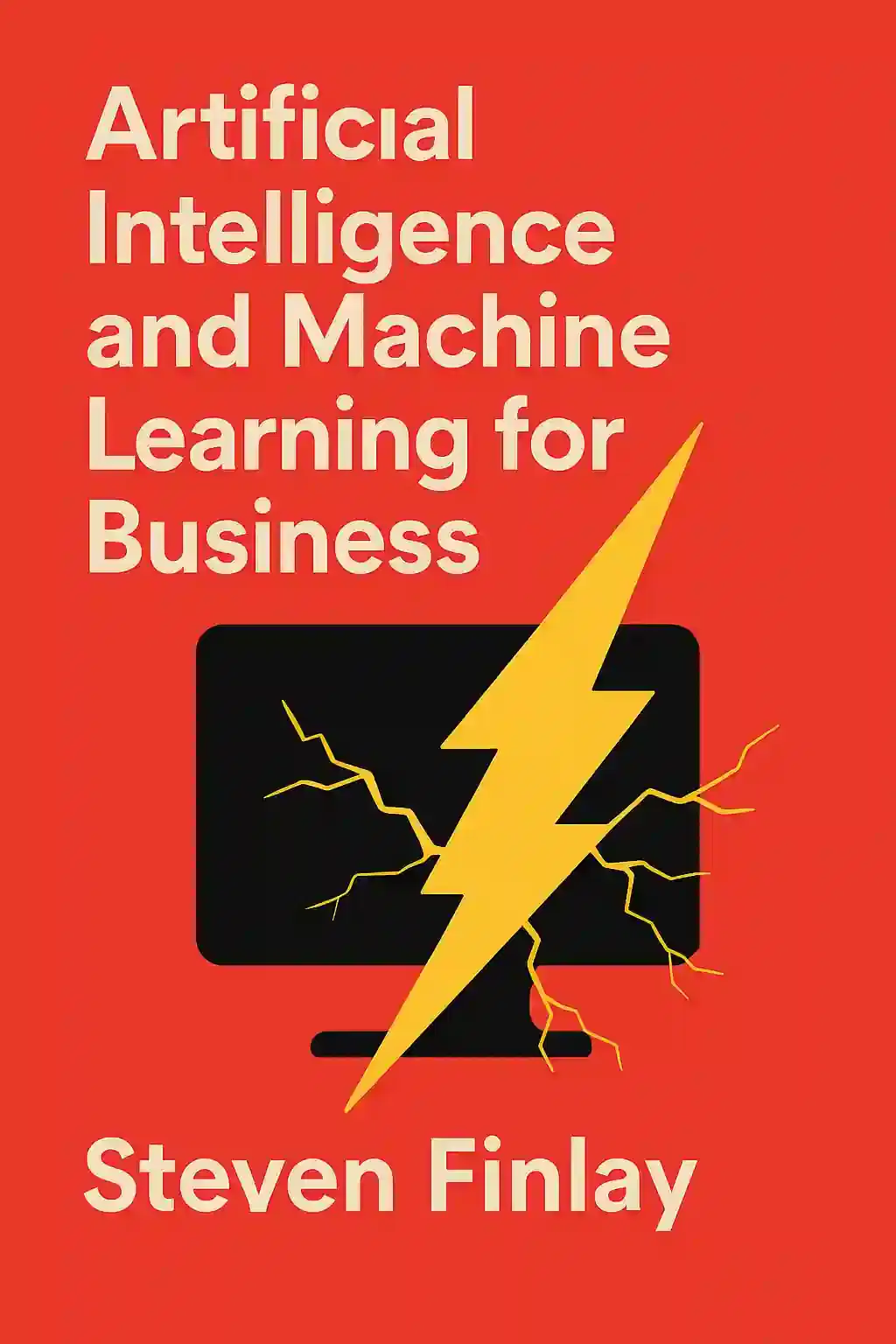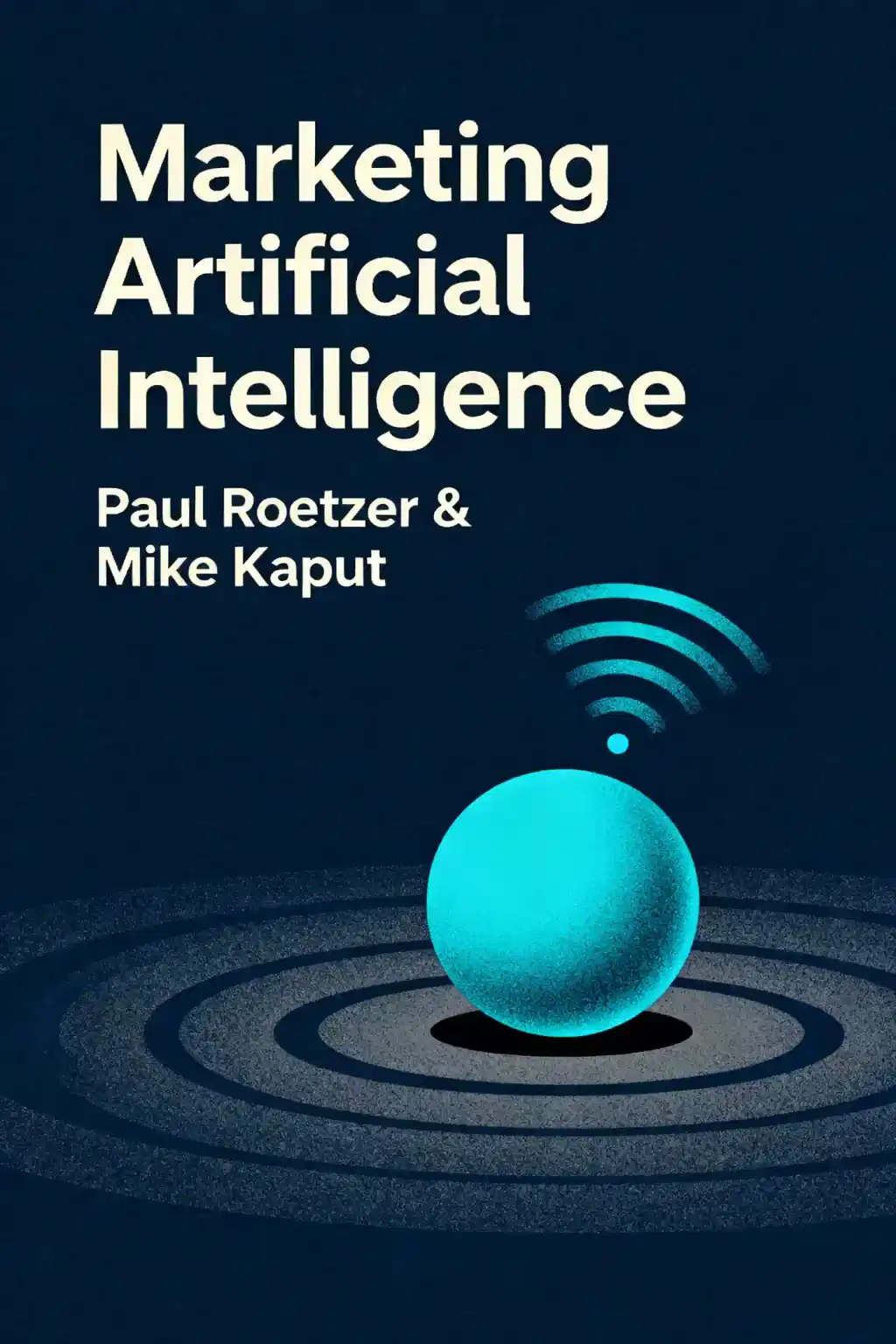What is
AI for Business Leaders about?
AI for Business Leaders by Michael Ramsay provides a practical roadmap for integrating artificial intelligence into business strategies, covering machine learning, natural language processing, and ethical considerations. It includes real-world case studies and step-by-step guidance to automate tasks, optimize workflows, and drive innovation while addressing data privacy challenges.
Who should read
AI for Business Leaders?
This book is ideal for executives, managers, and entrepreneurs across industries seeking to leverage AI for growth. It’s particularly valuable for leaders new to AI who want actionable strategies for implementation, ethical deployment, and measuring ROI.
Is
AI for Business Leaders worth reading?
Yes—readers praise its clear, jargon-free explanations and practical frameworks for AI adoption. While it assumes mid-to-large companies can adopt AI quickly, its focus on leadership, ethics, and measurable outcomes makes it a standout resource for decision-makers.
Who is Michael Ramsay, the author of
AI for Business Leaders?
Michael Ramsay is a business consultant and AI strategist with expertise in corporate strategy, machine learning, and startup advising. His background in investment banking and cross-industry AI integration informs the book’s actionable approach.
What are the key frameworks in
AI for Business Leaders?
The book emphasizes strategic alignment of AI with business goals, phased implementation, and ethical governance. It incorporates MIT CISR’s principles for AI investments, such as capability-building practices and measurable value creation.
What AI concepts are covered in
AI for Business Leaders?
Key topics include machine learning models, natural language processing (NLP), computer vision, predictive analytics, and automation. Ramsay explains how these technologies optimize supply chains, personalize customer interactions, and streamline production.
How does
AI for Business Leaders address ethical considerations?
The book stresses transparency, fairness, and data privacy, advocating for audits of AI systems to prevent bias. It provides guidelines for compliance with regulations and maintaining customer trust through ethical AI deployment.
How can AI improve operational efficiency according to the book?
Ramsay highlights predictive maintenance for equipment, AI-driven supply chain optimization, and automated quality control. For example, algorithms forecasting machinery failures reduce downtime by up to 45% in manufacturing case studies.
What customer experience applications does the book discuss?
It explores AI-powered chatbots, personalized recommendation engines, and sentiment analysis tools. These applications boost satisfaction by resolving issues 30% faster and tailoring marketing to individual preferences.
What challenges does the book highlight for AI implementation?
Common hurdles include high upfront costs, talent shortages, and data quality issues. Ramsay advises starting with pilot projects, partnering with AI vendors, and upskilling teams to mitigate risks.
How does
AI for Business Leaders suggest measuring AI success?
Metrics include operational cost reduction, customer retention rates, and innovation cycles accelerated. The book recommends tracking ROI through A/B testing and aligning KPIs with long-term strategic goals.
What are the criticisms of
AI for Business Leaders?
Some reviewers note the book underestimates challenges faced by small businesses, such as limited budgets for AI tools. Critics suggest adding more tailored strategies for resource-constrained organizations.














